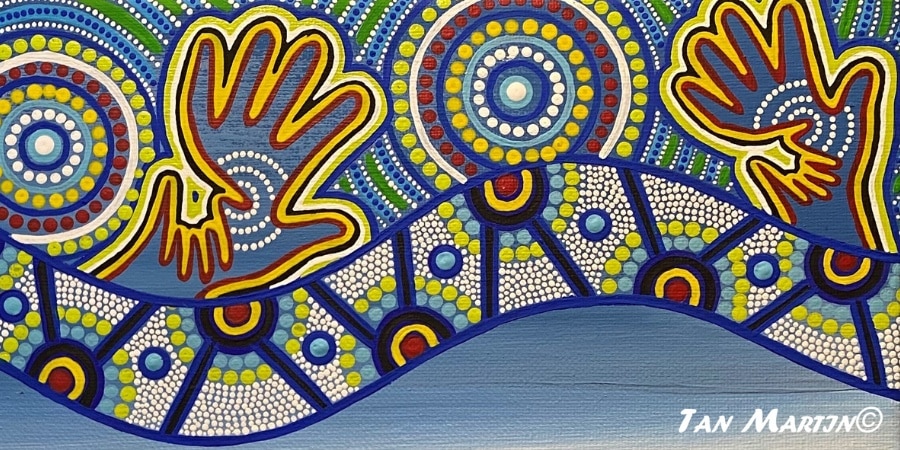
The birth prevalence of cerebral palsy (CP) amongst Aboriginal and Torres Strait Islanders has fallen in the last decade, according to new research published in the Developmental Medicine & Child Neurology journal.
The study, ‘Prevalence and trends for Aboriginal and Torres Strait Islander children living with cerebral palsy: A birds-eye view’, analysed Australian Cerebral Palsy Register (ACPR) data from 514 children with CP born to Aboriginal and Torres Strait Islander mothers between 1995 and 2014.
A team led by researchers from The University of Sydney, University of Technology Sydney and Cerebral Palsy Alliance found that the prevalence of children born with CP declined from a high of 4.8/1,000 live births in the mid-2000’s to 1.9/1,000 live births in 2013-14. It is believed to be the most comprehensive epidemiological study of Indigenous people with CP to date.
While the rate of CP declined for term births, there was no decline in the birth prevalence of CP for infants born preterm. This lends support to the argument to prioritise Birthing on Country programmes, which have shown significant reductions in premature births for Aboriginal and Torres Strait Islander mothers.
Lead author Tan Martin, a proud Ngemba woman and Researcher at The University of Sydney’s School of Nursing and Midwifery, said the study demonstrated an encouraging trend, and also highlighted where services are required for children living with CP.
“This research which included children with CP born over almost 20 years, shows that we are starting to see declining trends in CP prevalence amongst Aboriginal and Torres Strait Islander children, which is great news,” said Martin.
“This study highlights the importance of high quality, culturally safe health and disability services accessible for all.”
CP is the most common physical disability in childhood, affecting 34,000 Australians and an estimated 17 million people globally. This is the first epidemiological study of CP in Aboriginal and Torres Strait Islanders to include socioeconomic status and area of residence including remoteness. Two in five Aboriginal and Torres Strait Islander children and young adults with CP were born or lived in socioeconomically disadvantaged areas, with 28% of children living in remote and very remote areas.
“This research will give health and disability service providers, policymakers and other stakeholders valuable new information to advocate for culturally appropriate services for Aboriginal children with disabilities,” said Dr Sarah McIntyre, Program Lead of Epidemiology at Cerebral Palsy Alliance.
This research revealed that most children and young people with CP included in this study could walk without requiring mobility aids (GMFCS levels I and II) (56%), had either no intellectual impairment or a mild intellectual impairment (72%), could talk (69%), did not have active epilepsy (59%), and had functional hearing (96%) and vision (91%).
The ACPR’s Community, Aboriginal and Torres Strait Islander Reference Group guided the development and interpretation of the findings of this research and Aboriginal Health and Medical Research Committees across Australia provided additional ethical oversight.
The study also involved a multidisciplinary team of researchers from every state and territory, including but not limited to Cerebral Palsy Alliance, The University of Sydney, WA Register of Developmental Anomalies, Perth Children’s Hospital, UNSW School of Clinical Medicine and the Sydney Institute of Women and the University of Technology, Sydney.
Funding for the paper’s lead author was provided by the Cerebral Palsy Alliance Research Foundation through an Early Career Grant.